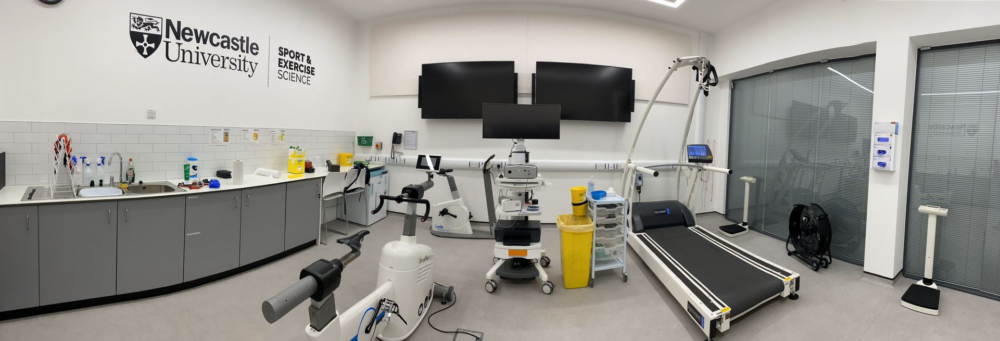Dr. Jen Bradley
The state of a nation’s dietary habits often makes the news headlines. But how do we know what people are eating and drinking? Dietary assessment is the collection of information on food and drink consumption from an individual or a group of people and the evaluation of this information to assess nutrient intake and dietary patterns. In nutritional epidemiology, dietary assessment methods are needed to obtain food intake data from a large population of individuals to investigate dietary exposure – these findings sometimes make the news.

My research is based on self-reported dietary assessment, which means the data we collect is based on people recalling or recording what they consume. Dietary assessment has changed a lot in recent years and I have observed this change. When I started working as a research assistant at HNRC (before it gained the ‘E’) in 2008, dietary assessment was an arduous task and quite cumbersome at times! Conducting dietary interviews with secondary school pupils required a car boot full of equipment; paper food diaries, food portion photos and food models. In addition, finding a suitable space for us to work in, in a busy school environment was not always easy. After weeks working in schools we would have a pile of completed paper food diaries and would spend months of project time linking the foods and drinks in the diaries to a nutrient food code (to allow us to look at nutrient intakes) and then more time entering these onto a database. Eventually we would have some dietary intake data to analyse!

Fast forward 16 years, and dietary assessment is a much more streamlined process. Intake24 is an online dietary recall system. I worked on the initial development and testing of the tool, which was led by Dr Emma Foster and Prof Patrick Olivier at Newcastle University. Research participants can log on to the website and enter all the foods and drinks they consumed the previous day. There are 1000s of foods in the system which users can select from and choose the portion size eaten by clicking on the relevant photo. The system has been created to be as close to an in-person interviewer-led recall as possible, for example the system prompts for any additions to foods which are commonly forgotten, such as ketchup on chips, milk on cereal, sugar in tea. If there are long gaps between meals, the user will be prompted to think if they had anything to eat within that time.

One of the many advantages of Intake24 compared to the traditional paper-based methods, is the ability to collect dietary data from 1000s of study participants remotely. Arranging suitable times to meet with participants to conduct dietary interviews is no longer a requirement and saves hours of researcher time. Intake24 automatically codes the food and drink intakes, therefore dietary data can be downloaded from the system immediately, removing the laborious task of food diary coding and data entry onto a database. This also improves consistency of nutrient coding and removes human error. The development of Intake24 has changed the way dietary intakes are collected globally. The system is being used in the UK National Diet and Nutrition Survey and national surveys in Australia and New Zealand. Versions have been created for Portugal, Denmark, Malaysia, Indonesia and Japan.
However, I have a small confession. I miss meeting study participants. I always had a great deal of fun talking about what they had eaten and the little conversations they led to. In a pilot study for the Diet and Nutrition Survey of Infants and Young Children I met many parents of young babies and infants and it was an absolute joy to talk about foods their infants were eating and funny anecdotes about food flying onto ceilings and how on earth they were meant to measure the amount eaten when half of it was soaked into the bib! Dietary interviews with school children were always enlightening and again often led to interesting conversations about favourite foods and drinks. There is an argument, however, that removing the researcher from the dietary collection process, reduces the risk of social desirability; participants who may not have recorded that extra biscuit, might feel they can be more honest without a researcher present.
I remember the first time I downloaded dietary data from Intake24 during the testing of the tool in 180 participants in Scotland. At the end of a very busy few weeks collecting data from participants, I clicked the download button, and everyone’s food and nutrient intakes were there on the screen right in front of me. I didn’t need to cart a pile of food diaries and food models around with me, spend hours coding them and entering them into a database. I realised that Intake24 was going to vastly improve the process of dietary assessment, and importantly help make dietary assessment possible in large population-based studies where the cost of traditional methods would have previously been prohibitive. It was a moment I won’t forget, and I am so proud to have played a small part in its very successful journey so far.
